 Does the latest diesel entrant in the premium hatch segment have enough
Does the latest diesel entrant in the premium hatch segment have enough
potential to take away the crown from the ruling king?
Adhish Alawani finds out
Photography Sanjay Raikar
Â

The Hyundai i20 made its entry in India earlier this year with a petrol engine residing in its bay. Since its launch, the i20 has caught everyone’s fascination primarily on the basis of its looks. For all those people with a prejudice that Korean cars are just about averagely styled, the i20 was a tight slap on their faces. With typical European looks, the i20 made sure that it scored full marks in making the masses fall in love with it at first sight. However, it was now time for the company to recapture hearts with a more efficient and wallet friendly car. As I have repetitively mentioned, the Indian market is turning heavily towards diesel powertrains. Hyundai took a right decision at the right time to get in the car’s oil burning variant in the form of the 1.4 CRDi to the local market. This move places the Hyundai into the premium segment of hatches in India which means we have a fist fight here. The Hyundai i20 takes on the Skoda Fabia, which again is powered by a 1.4-litre diesel engine and has been the best in its class so far. So how does this comparison come through? Let us judge the cars based on five parameters that are essential for a car in this segment.
Design and style:
A person purchasing a premium hatch is by no means going to compromise on styling. Hyundai designed and engineered the i20 in Germany making sure that it was dressed in the modern philosophy of flowing lines and aggression combined with elegance. This is where it wins the battle against the Fabia. Though the Fabia has also been an out and out European car, it is not as stylish as the i20. The German designers have given the i20 a beautiful curvy front end with a hint of sportiness that comes from the fog lamps and the huge trapezoidal lower front grille. The crease on the side extends from under the windshield in the front all the way up to underneath the tail lamps at the rear lending the car a more dynamic look. The Fabia, on the other hand, appears rather conventional from the outside. It was definitely a beautiful looking car when it was launched, but with newer and more stylish cars making their way into the market, the Fabia looks a bit aged with nothing exceptional on offer.

Interiors and equipment:
While Hyundai has worked brilliantly on the external looks of the i20, I wonder what went wrong on the inside. The i20 features a weird, dark chocolate colour on the fabric upholstery as well as on the dashboard. The steering wheel too sports the same colour and the overall feel of the car is a letdown. Even the plastics wear a not-so-expensive look and the fit and finish is not up to the mark. On the other hand, the Fabia scores over the i20 in the interior department. You get a sense of the solid feel of a European car in the Fabia. The beige interiors and the quality of materials are simply classy. The standard list of features on the i20 is fairly good with audio controls on the steering wheel that is adjustable for height as well as reach, a decent audio system and a multi information display for time, date, drive time, trip meter, etc. Surprisingly, Hyundai has offered six airbags, a sunroof, ABS with EBD and various other safety features (in the top end model) but missed out on the park assistance. But then, the Fabia has all those features along with the parktronic and some more like the multi-function display which gives you vital figures like instantaneous fuel efficiency and overall fuel efficiency. The Skoda, though well-dressed and equipped from the inside, misses out on some small bits like audio controls and reach adjustable steering wheel. However, the Fabia can any day take away the honours for being a better car from inside
than the i20.
Â
Â
|
|
|
The dark chocolate colored interior are a complete letdown especially after considering the beautiful exteriors
Engine and transmission:
Hyundai has put a 1.4-litre CRDi powerplant in the i20’s bay which managed to impress me in every possible manner. The diesel motor in the i20 produces a peak power of 90PS which is almost 20PS more than the Fabia’s 1.4-litre diesel engine. Also, the maximum torque output of the i20 is a whopping 220Nm – 65Nm over the Fabia’s peak torque. Undoubtedly, the Hyundai wins the battle hands down when it comes to outright performance. Furthermore, the Hyundai motor is a lot smoother and more refined than the age old three pot PD engine from the Skoda’s stable. Plus, the i20’s oil burner is so good that it manages to deliver a fuel efficiency of 19kmpl (17.8kmpl in the city and 23kmpl on highways). The brilliant engine has been mated with an equally good transmission. The i20 offers butter smooth gear shifts, however, after driving both cars back-to-back, it is quite clear that the Czech is a tad better.
|
|
|
| The interior of fabia are not just classy but a notch better than some of the higher segment cars | the PD engine powering the fabia isquite noisy and doesn’t performas good as the i20’s CRDi |
Drive and handling:
So with a great engine under the hood, is the i20 a fun machine to drive? Definitely. The car is a lot peppier than the Fabia. Let the tacho needle cross the 1800 mark and the i20 leaves a wide grin on the enthusiast’s face. At the same time, it feels a bit sluggish under 1800rpm which can get on your nerves in tight traffic situations. The enormous amount of torque starts building up from 1750rpm all the way up to 2750rpm giving you a wide range of revs through which you can play around in city traffic. The clutch and throttle peddles’ response is a bit jerky and gives a feeling of abrupt acceleration. This might turn out to be slightly irritating in the stop and go traffic where you are continuously engaging and disengaging the clutch. To add to this is the handling of the i20. The softer suspension poses a slight issue when it comes to taking the corners at relatively higher speeds. And this is exactly where the Fabia runs rings around the Korean car. Its superb suspension and rock solid handling make the Fabia a class apart. The Skoda is a wonder to drive around the bends although it lacks a bit on power. In addition to all this, the Fabia’s cabin is very silent translating to a peaceful drive unlike the i20’s which suffers from a lot of road noise.
Value for money:Â
All these factors show that the i20 and the Fabia are definitely in very close competition with each other. There are some merits and some disadvantages with each of the cars and it is quite tough to decide which one is better. And then comes the pricing. The top end model of the Fabia is expensive than the top end model of the i20 by almost Rs 30,000, however, what you get for this premium is an overall robust feel. At the same time, the Hyundai offers you great performance at the cost of good handling. Both cars return almost the same fuel efficiency. It finally boils down to personal choice in the end. Those who are not really concerned about outright performance and value the feel good factor while driving, the Fabia is the car for them. Those who can do with the dark interiors, a slightly soft and mushy handling and those who crave performance can get themselves the i20. The choice is yours.








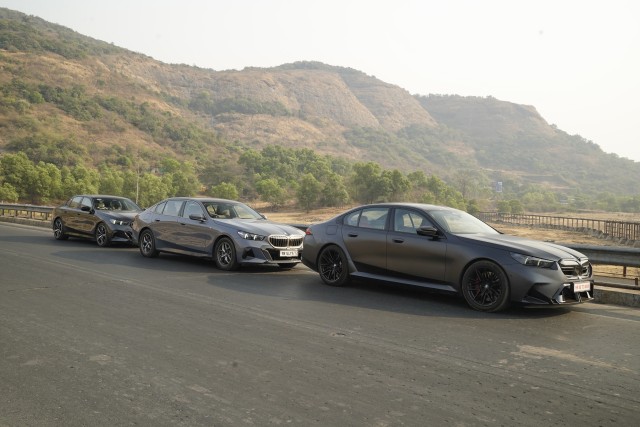
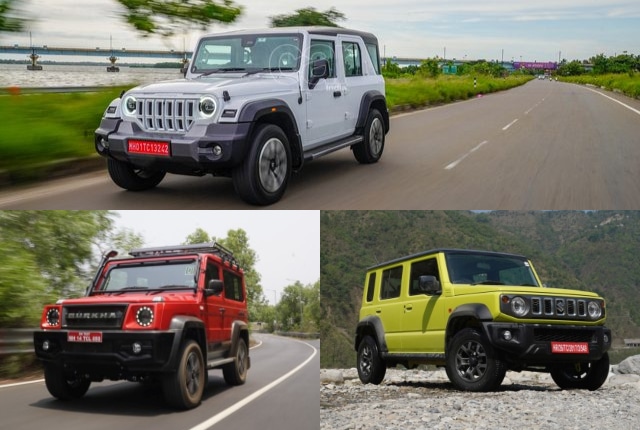
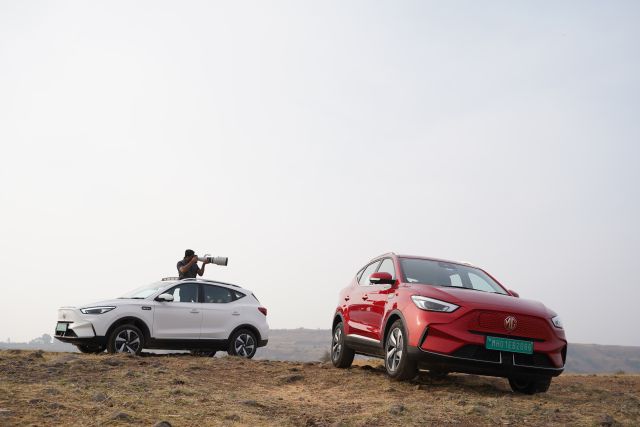
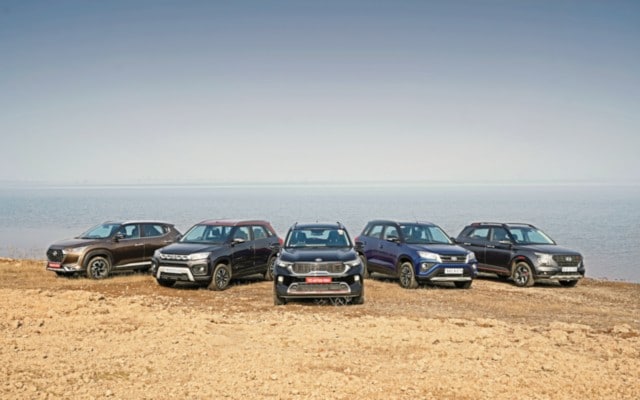
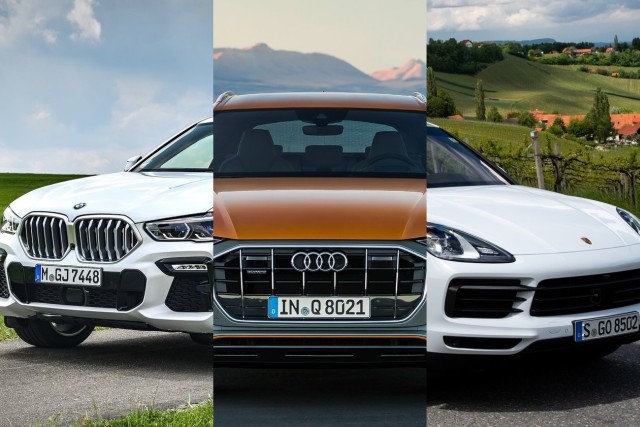
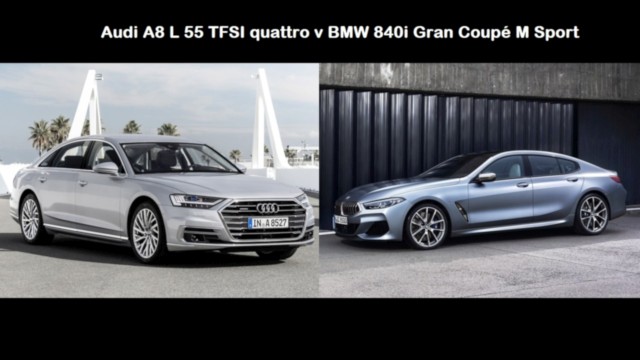
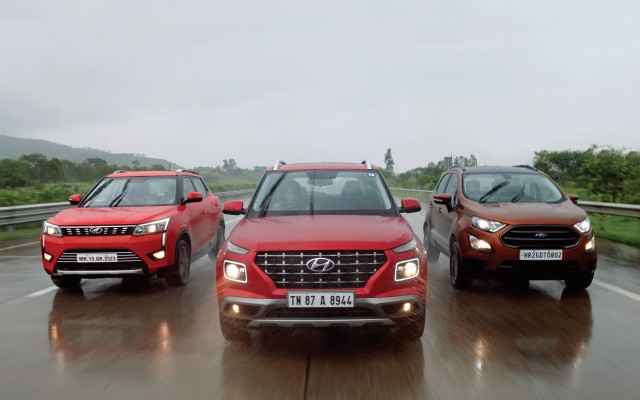
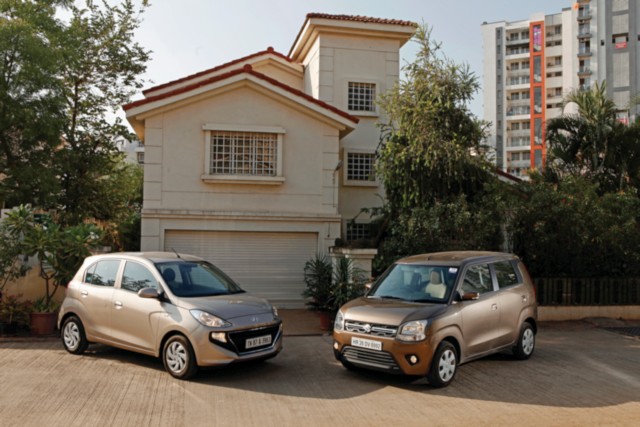
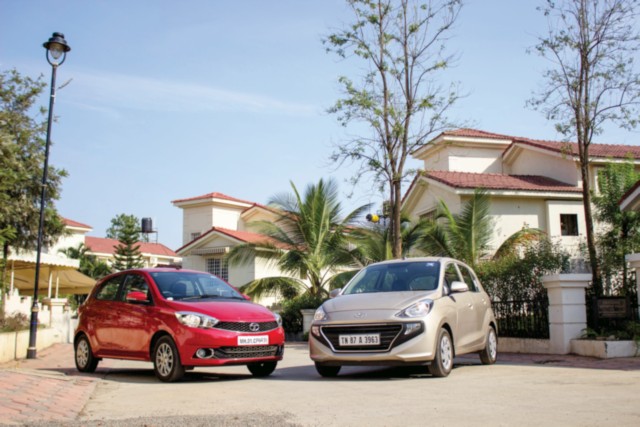
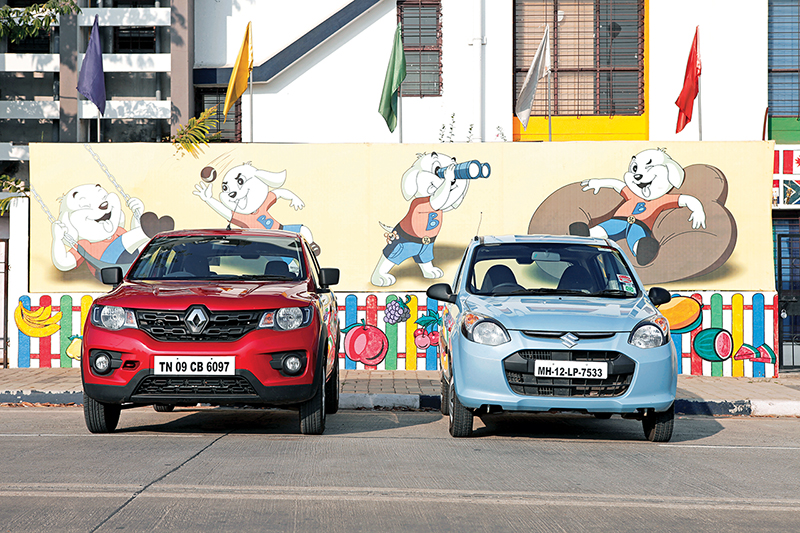
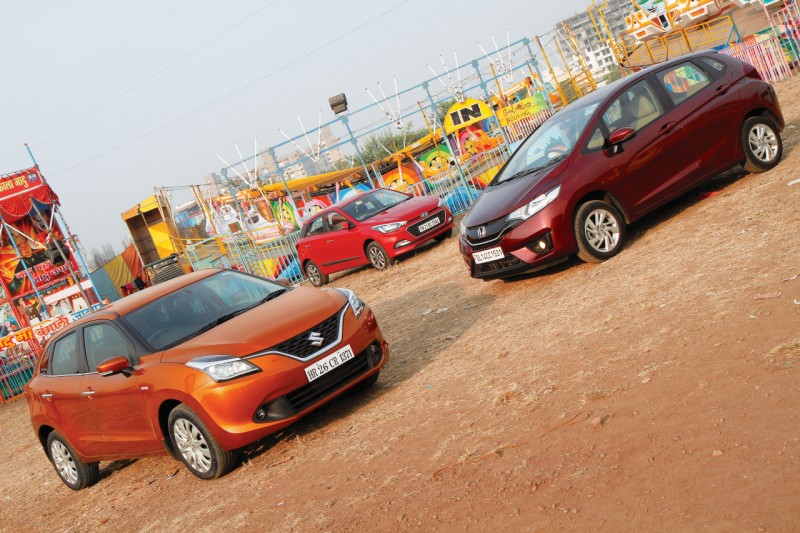
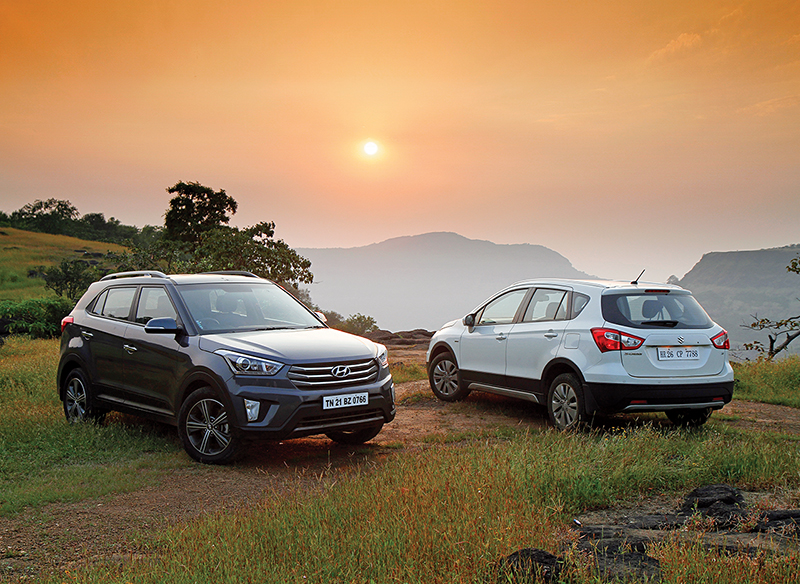
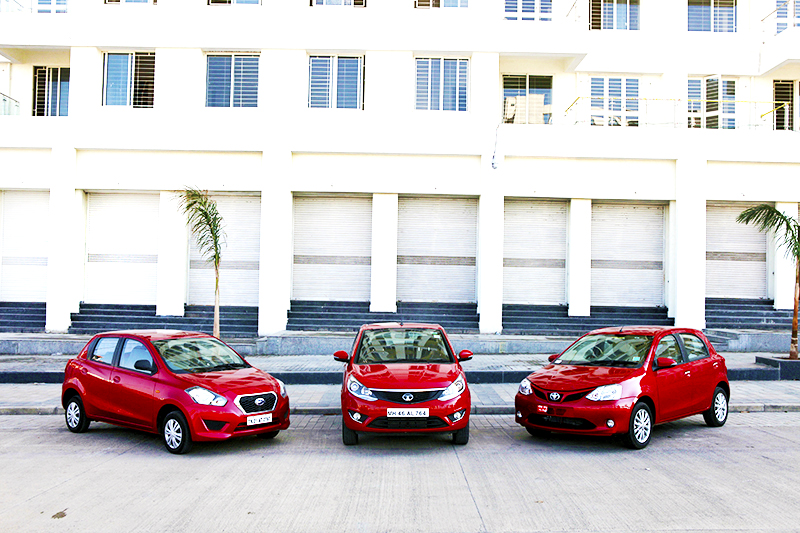
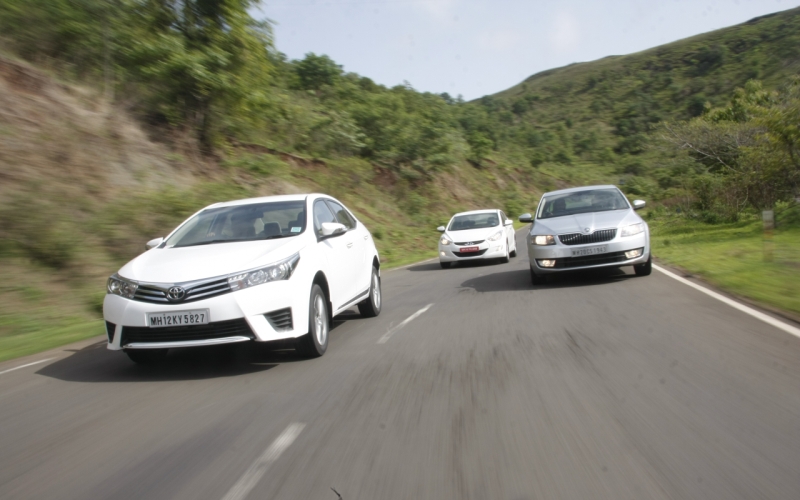
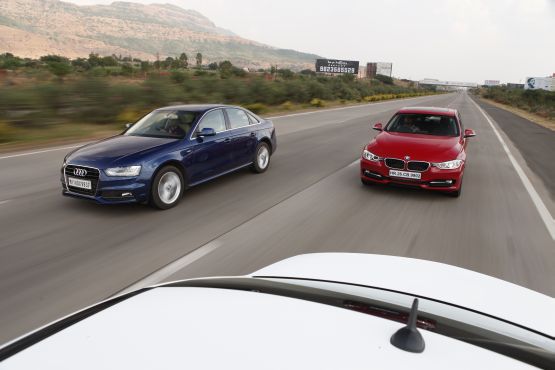




Leave a Reply